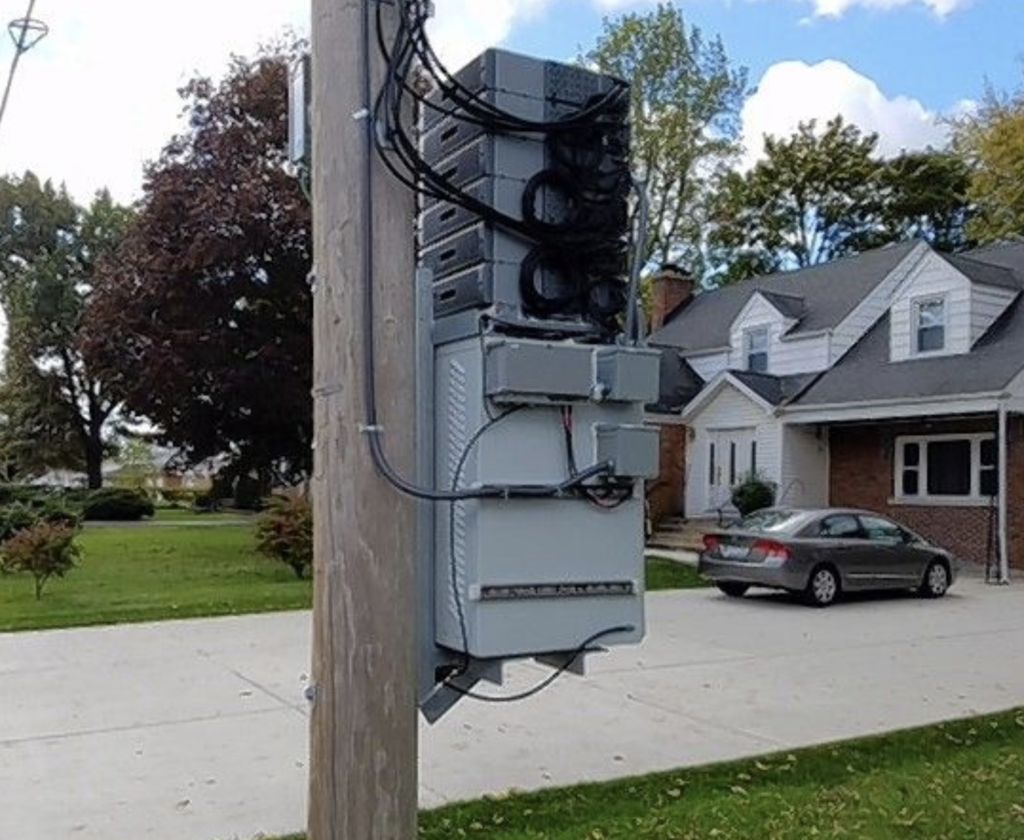If you've ever wandered through a town you might have noticed tiny cell towers for 5G placed on poles for street lighting. They look like little boxes however, they're actually transmitting wireless signals from cell phone providers to your mobile.
They are replacing the larger, purpose-built cell towers. Although they're not as visible however, they could create problems for those who live nearby.
It is the of the FCC's Radiation Exposure Thresholds
The FCC's Radiation Exposure Thresholds determine the maximum amount of time one can expose to electromagnetic energy from wireless devices. The exposure limits are based upon scientific research which show that the energy of RF can be harmful to human health.
The specific absorption rate (SAR) is an indication of the radiofrequency energy absorbed by tissue. It is typically 1.6 Watts per kilogram averaged over one kilogram of tissue.
But, since 5g operates at higher frequencies and has the potential to cause greater energy intensity on the skin and other exposed body areas. This can result in various potential harms, including exacerbated the development of skin conditions such as dermatitis, skin cancer and cataracts.
Due to the possible negative effects of 5G radiation, PSU has chosen to create a general limits on power density, which is 4mW/cm2 based on the average on 1cm2, and not to exceed 30 minutes for the entire 5G spectrum at 3000 GHz. This localized limit is in accordance with the peak SAR spatial-average of 1.6 W/kg averaged over 1 g of tissue at 6 GHz.
The FCC's Maximum Exposure Thresholds
If you've ever used a mobile phone, then you've probably realized that a safe distance from the tower is around 400 meters away. what is safe distance from 5g tower is because the transmitting power of a cell tower increases dramatically the further your location from the tower.

Although this may sound like something that's good, the reality is that people who live close to towers may actually be more susceptible to health problems. For instance, a 2014 study in India found that residents who lived within 50m of cell towers had much more health problems than those who were distance from them.
This study showed that residents who moved into areas farther away from cell towers noticed their symptoms improve within a few days. Studies have also revealed that exposure to high amounts of electromagnetic field radiofrequency (EMFs) can lead to brain tumors, cancers as well as other health issues.
This is because RF radiation, which is utilized in wireless communications, can penetrate the human body's outer layer, which is the skin. what is a safe distance from a 5g cell tower is important to understand since the skin functions as a shield against injury to the body, infection caused by pathogenic microorganisms and the entry of harmful substances. It is also the largest organ of the human body, and is responsible for protecting other organs.
The FCC's Minimum Exposure Thresholds
The FCC's Minimum Exposure Thresholds are based on numerous assumptions that are not supported by scientific research. They include the incorrect assumption that short-term exposures to RF radiation is safe due to the limited radiation penetration in the human body (i.e. the heating of tissues).
safe distance from cell tower overlooks the deeper penetration of the ELF elements of modulated radio signals as well as the effects of short bursts of heat generated by RF waves that are pulsed. These assumptions are not in line with the current understanding of biological effects of RF radiation, and thus, they should not be relied upon for health-protection exposure standards.
Furthermore to that, ICNIRP and FCC limit its maximum levels of radiation exposure for local peak SARs based on the maximum frequency of absorption (psSAR), which can be described as an inadequate dosimetric tool to assess the amount of exposure to radiofrequency radiation. Particularly it is inconclusive when frequencies exceed 6 GHz. In addition, psSAR is not been tested for RF radiation exposed to other agents of the environment such as sunlight. In the event of interactions, RF radiations with different agents in the environment could cause synergistic or antagonistic effects. This could result in an increased risk of adverse health effects. For example, co-exposure to RF radiation and sunlight could cause an increase in the incidence of skin cancer, and may also exacerbate other skin diseases such as acne.
